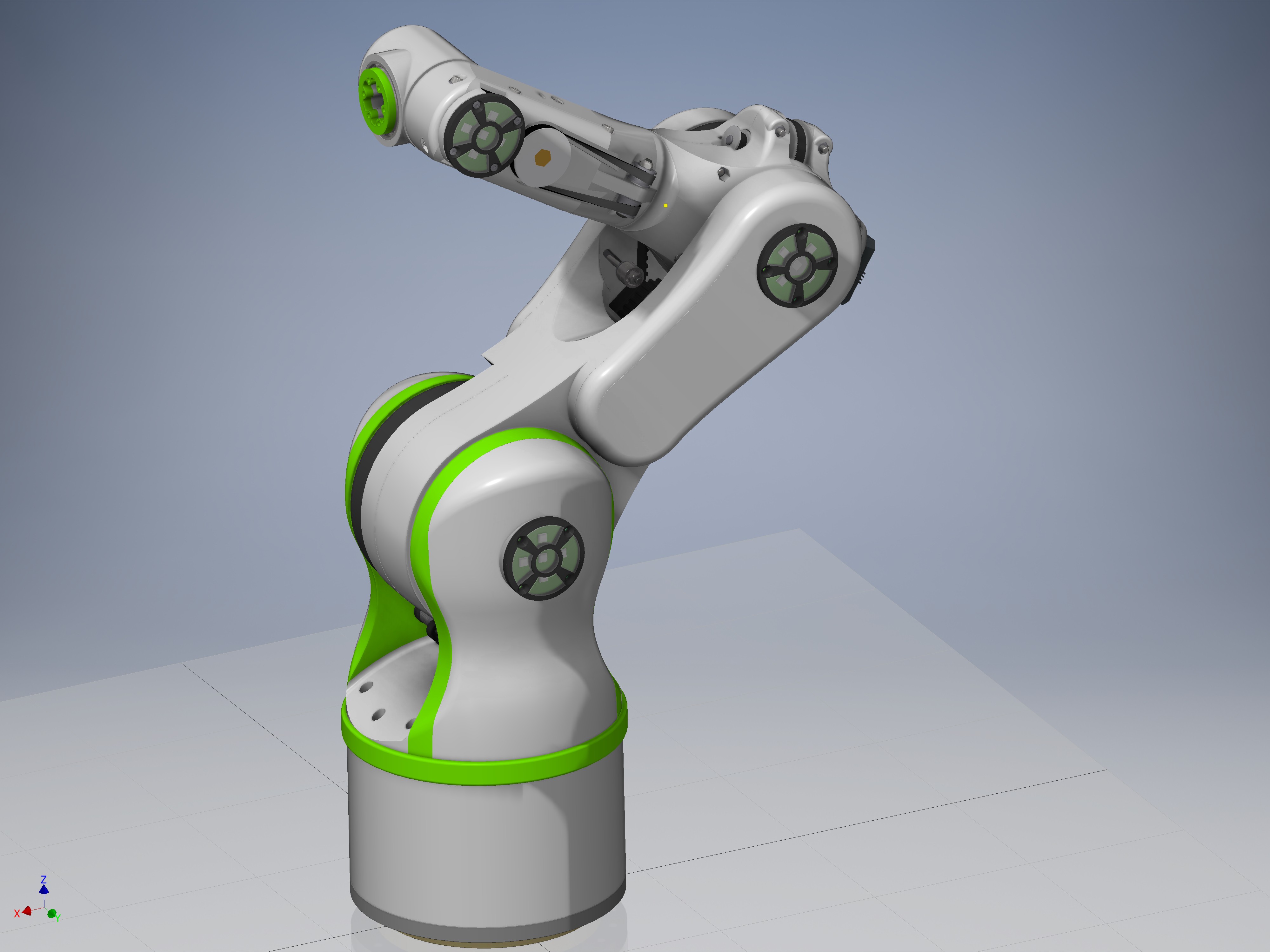
More expensive clocks and watches have jewelled bearings (e.g., rubies) in which the tiny axles of the cogs rotate, however inexpensive quartz clock movements just have a nylon plate into which all the axles of the cogs fit. Check the magnetic rotor axle: The axle of the magnetic rotor can tarnish if it's made of brass, making it rough and increasing friction, causing it to stick.Remove the PCB and clean the pads and spring contacts with IPA and fine wire wool. In a bathroom, steam can cause corrosion at these points of contact. These strips are springy and press on tinned pads on the PCB. Check the metal strips: On some clocks, the circuit board presses against strips of metal that supply power from the battery.Sometimes a dry solder joint can prevent the circuit from working or make it stop working intermittently. Reflow the solder: If you have a soldering iron, you can reflow the solder on the joints on the PCB.Check the voltage on the electromagnet: This should change polarity every second.

JAVA 3D CLOCK NOT WORKING HOW TO
Review of the Toshiba Air Purifier for Large Rooms How to Clean the Clock Mechanism Check the hands: Make the sure the clock hands aren't rubbing against the clear cover over the face of the clock.Caution! These can snap if you bend too much. Try slightly bending the positive terminal strip in the clock slightly. Check the battery terminals: Sometimes the terminal pips on batteries can be a little short.If the battery has leaked and left a white deposit (potassium hydroxide from alkaline batteries), you can neutralise this first by rubbing with vinegar. This oxidisation sometimes appears as a grey or green coating. The springy electrical strips can also become oxidised as can the ends of the batteries. Clean the connections and battery terminals with rubbing alcohol (which is either isopropyl alcohol (IPA) or ethanol) on a cotton bud.You can check battery condition with a universal battery tester like this one suitable for 1.5 volt AA, AAA, C and D cells and also small, square 9 volt "PP3" (MN1604) style batteries Grime accumulating in the mechanism causing excessive frictionįirst Steps: What to Try if a Clock Doesn't Work.


This means that battery clocks keep good time and don't gain or lose minutes like a wind-up clock as the spring unwinds or temperature changes. The good thing about electronic quartz oscillators is that their frequency is very stable and unlike mechanical clockwork, doesn't change much with temperature, humidity or other ambient conditions. The rotor has gear teeth that mesh with a train of other gear wheels and this eventually turns the hands of the clock. The output of the oscillator drives an electromagnet that acts on a tiny magnetic rotor, flipping it half a turn every second. The frequency is divided down and reduced so that it eventually becomes 1Hz or 1 cycle per second.

An electronic component called a quartz crystal sets the frequency of the oscillator to about 32768 Hz with a high degree of accuracy. In the case of the oscillator in a clock, this runs at several thousand hertz or cycles per second. All these are mechanical oscillators, but there are also electronic oscillators.Īn electronic oscillator generates a voltage signal that repeats itself at a set frequency. An oscillator is a device that does something regularly, like a pendulum that swings back and forth, a tuning fork vibrating, a string on a guitar or the air in an organ pipe. At the heart of the clock is a quartz oscillator, which generates a pulse every second.


 0 kommentar(er)
0 kommentar(er)
